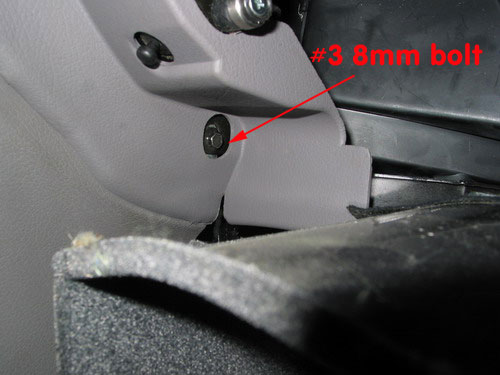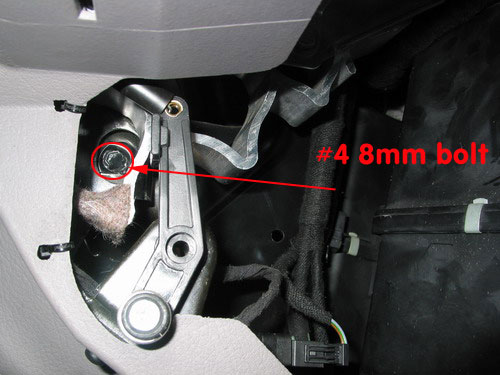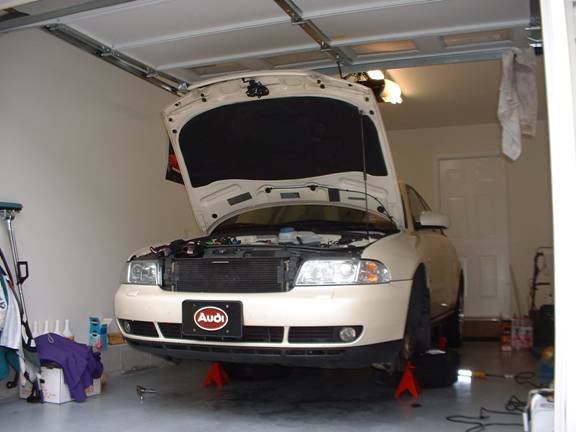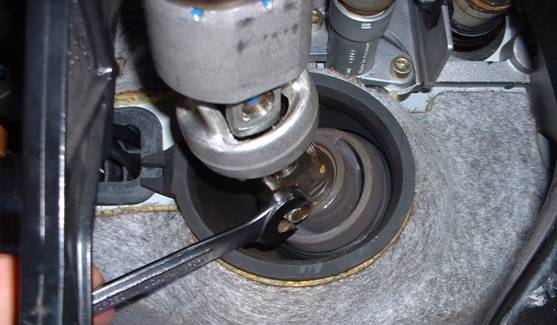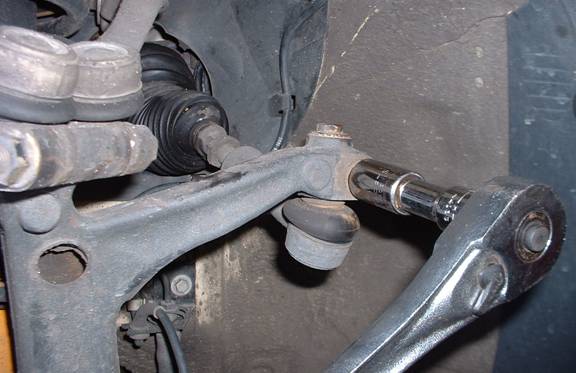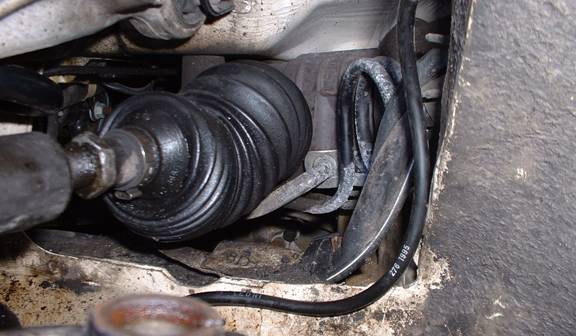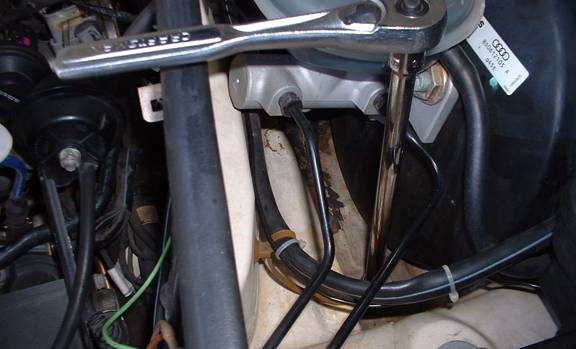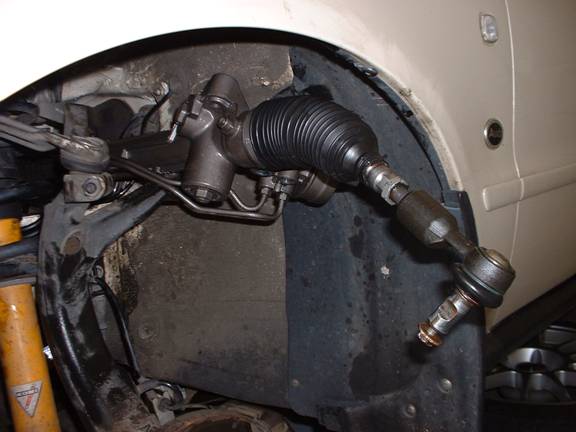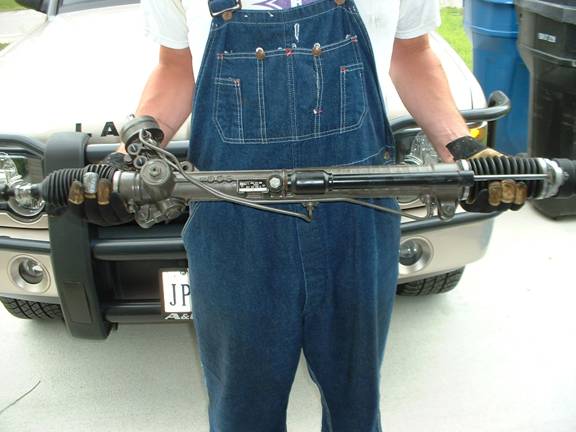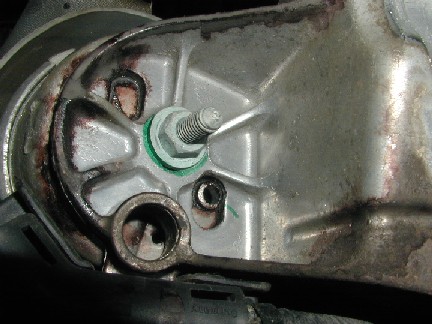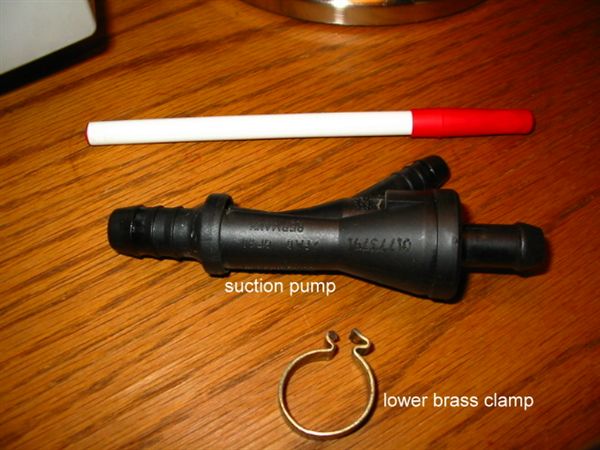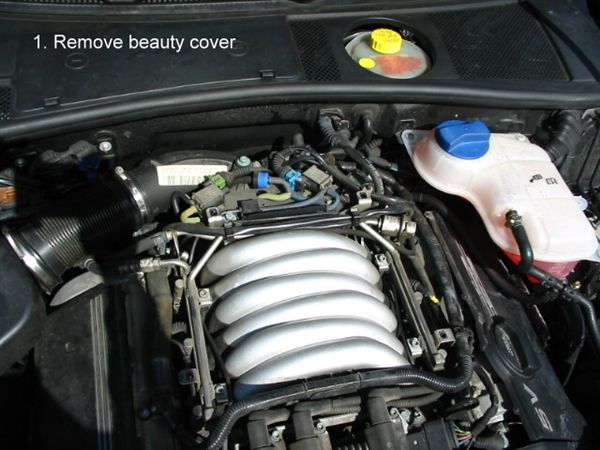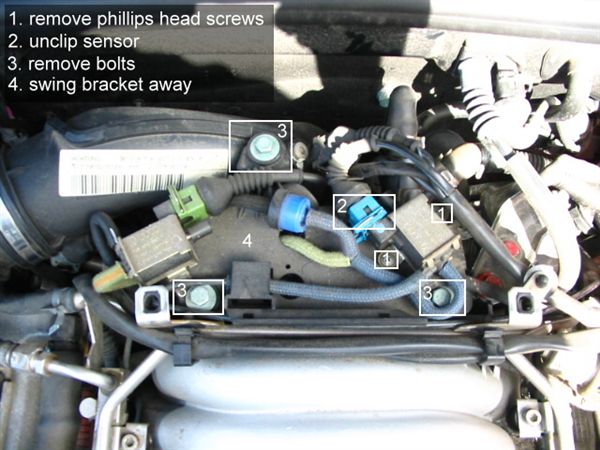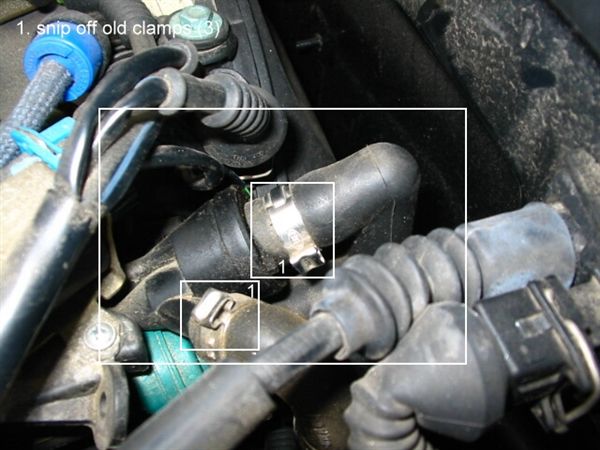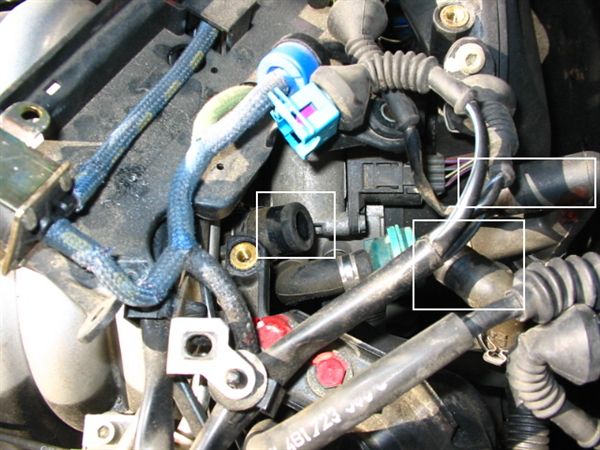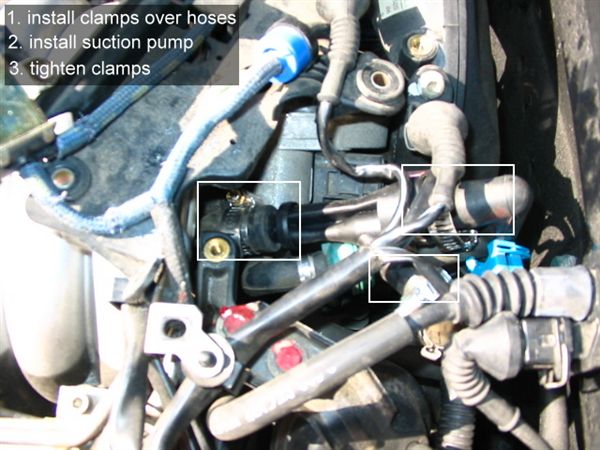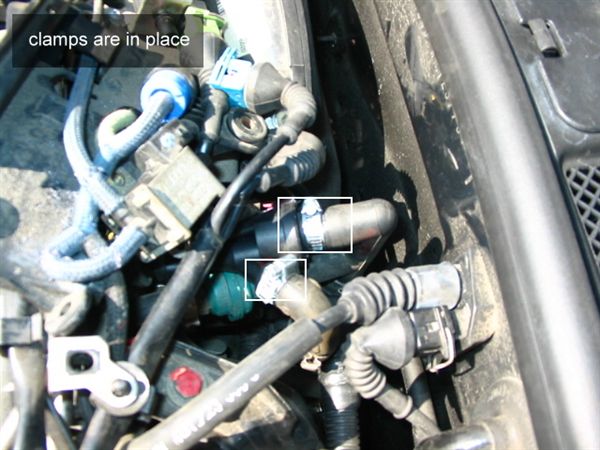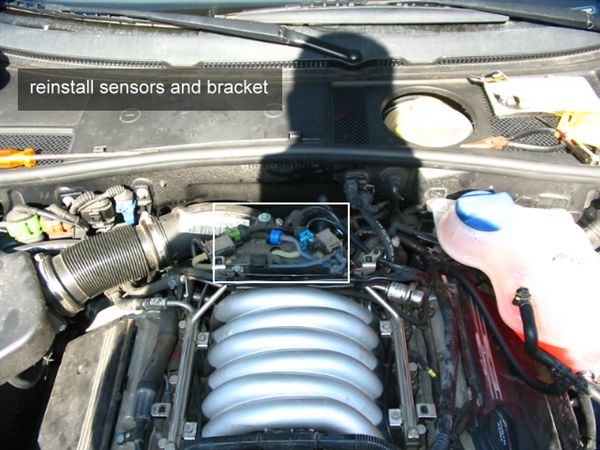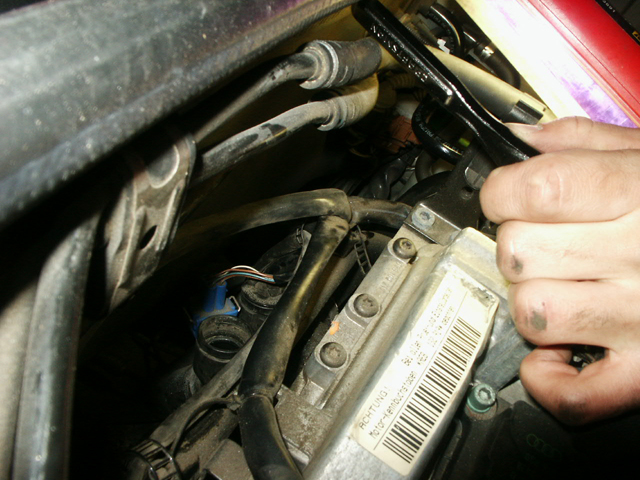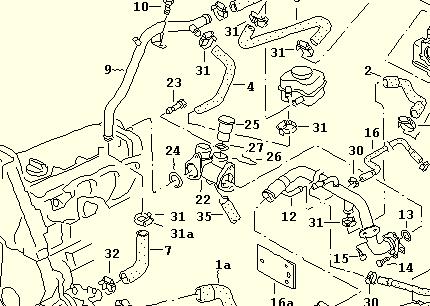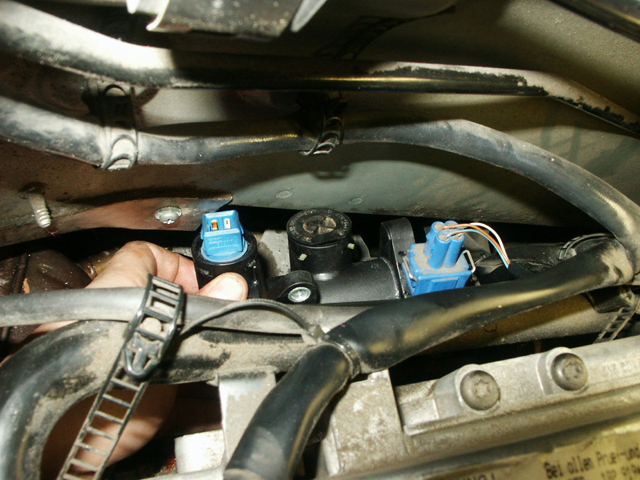Parts: Replacement Engine Coolant Temperature (ECT) Sensor with O-ring gasket; part numbers are detailed below, according to your application.
Tools: Large Pliers, coat hanger wire
Estimated Time of Install: 30 - 60 minutes
Difficulty Level (on a scale from 1-10, 1 being easy as cake): 2.0
If your dash temperature gauge behaves erratically your car may be a candidate for this procedure. My temperature gauge was varying between the normal (center) position and almost the minimum position during normal highway driving.
The procedure to change out the ECT is considerably more difficult in a 2.8L engine than a 1.8L due mainly to obstruction. The procedure is the same as Eric Seto as written up in a previous article with minor changes.
Caution: Make sure engine is completely cold. Unscrew the cover from the engine coolant expansion bottle to confirm there is no pressure built up. Then screw it back on. Screwing it back on will help keep loss of coolant to a minimum when you remove the ECT.
This picture shows the location of the ECT. Without moving any parts it can't be reached with your hands.

Picture 1
To make it somewhat accessible begin by removing the plastic and rubber air intake tube that goes from the air box to the intake manifold. Part of the tube can be seen in the upper right corner of the Picture 1. This tube is secured on each end by large clamps. Once the tube is removed you should have access to the one side of the ECT using your left hand as shown in picture 2.

Picture 2
Picture 2 also shows a "tool" you will need to make out of a coat hanger. This will be used to hook onto the right side of the ECT connector and unplug it from the ECT.
Leave the wire clip on the ECT connector. It is a lot of trouble to remove and it is not needed to be removed. To remove the ECT connector use you left hand and press the left side (as looking into engine) of the wire clip, then using the "tool" shown in Picture 2 hook onto the right side of the wire clip and pull up and to the left. Be careful don't force it.
The result is shown in Picture 3:

Picture 3
Now that the connector is disconnected from the ECT you will need to remove the ECT retention clip. Using your left hand reach around all the tubes and pull out the retention clip. Here is the clip removed from the ECT (Picture 4).

Picture 4
The trick I used to be able to get at the ECT without removing more parts is I used a large pair of pliers to reach down from the top and carefully grabbed the ECT and pulled straight out.
After you have removed the old ECT clean the area around it and get a new ECT, clip and o-ring from the Audi dealer.
My car had a metal ECT retention clip so I chose to reuse that one rather than use the new plastic one provide by the dealer.
Take the new o-ring and push into the orifice that you just removed the old ECT from. Holding the new ECT reach around with your left and push the ECT into the orifice. When it has bottomed out, using your left hand push the retention clip in from the left side. From the top place the connector in the general area of the ECT and using your left hand push the connector into the ECT until the wire locking clip on the connector snaps into place. Reinstall the air intake tube using the two large clamps and your done. Run the engine and look for leaks.

Picture 5 - For reference
Blue type ECT: 078-919-501B
Retention Clip: 032-121-142O-ring: N-903-168-02

Picture 6 - For reference
Green type ECT (replacement for black ECT): 059-919-501A
My car, a 1998 A4 Quattro, 2.8L used the blue ECT, I have provided a picture of the Green type so you can see what type you have.
Disclaimer: This tech article is created for the purpose of benefiting Audi owners everywhere. I take no responsibility in any damage that may incur while attempting the steps in this tech article. As simple as this process is, please do it at your own risk. Good luck.

